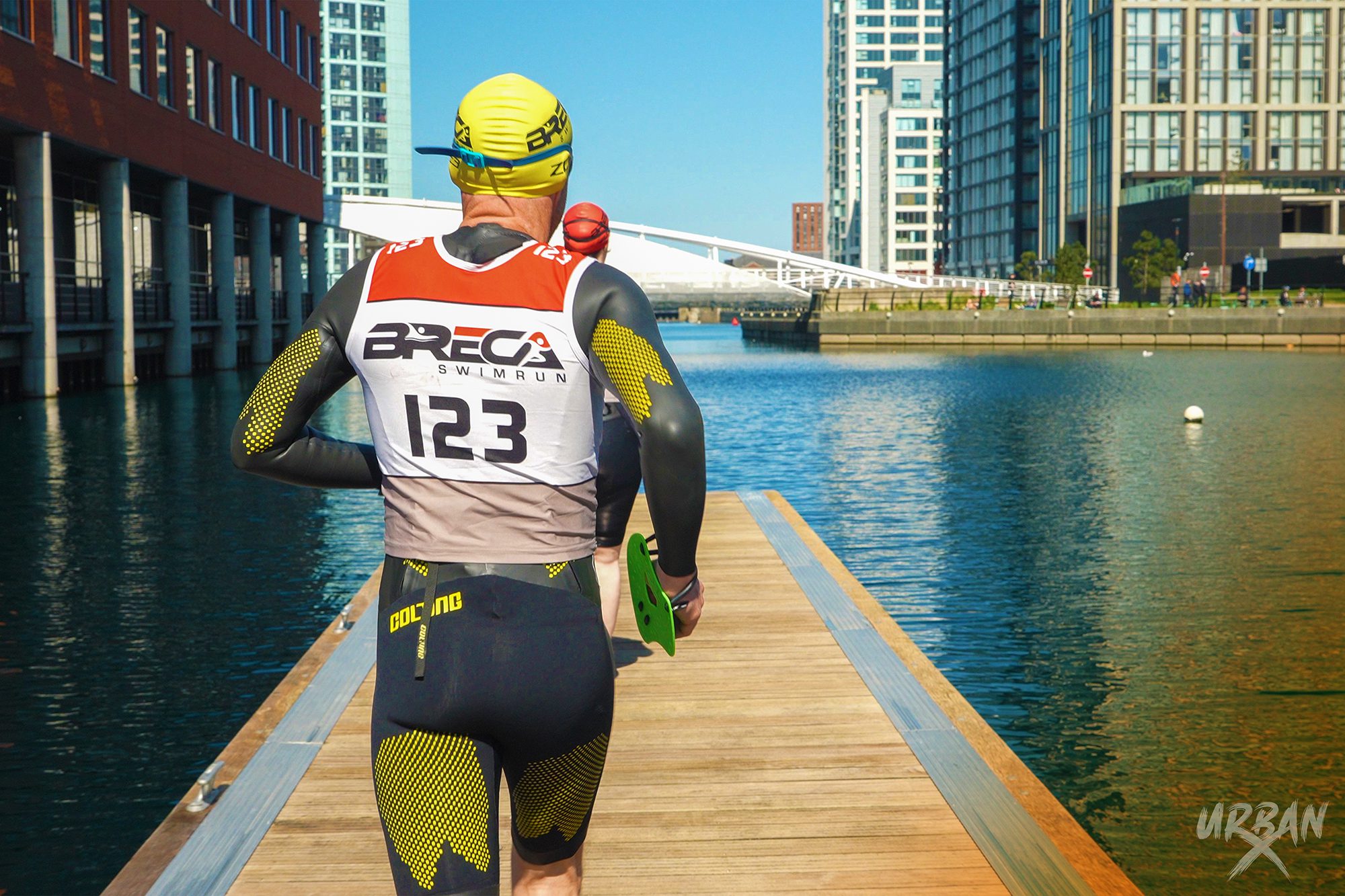SportsinjuryFix.com Clinical Director Mike James, an endurance specialist Physiotherapist from South Wales, provides advice on calf pain in runners
The calf complex is composed of the plantaris, soleus, and gastrocnemius muscles and injuries to these structures are very common in runners. Although calf pain after acute muscle strain injury is expected and needs to be managed via a specific rehabilitation regime, runners often complain of calf soreness and fatigue without history of trauma to the area. In these cases, the crucial factor is identifying the cause and addressing it.
Non-traumatic calf pain tends to present in a particular pattern – pain onset when running that gradually increases or worsens as the run progresses. This often brings a feeling of tightness and fatigue within the calf and can cause the runner to stop. Post run, the runner often remains with the feeling of tightness for a day or so. Generally, when not running symptoms disappear.
There are many potential causes for this including neural and vascular mechanisms. However, I commonly find that clinical testing only reveals a fatigued and /or weak calf complex. Each muscle has its capacity of tolerance to load, strength and endurance, and when that capacity is exceeded it will start to feel tight, fatigued and painful.
Fundamentally, the root cause is either:
- overload to the calf complex via increased distance, pace or difficult terrain too quickly.
- The calf muscles lack strength and endurance to tolerate these loads.
Should you experience these symptoms, it is important to seek assessment by a therapist, ideally specialised in running injury who will assess all the possible causes and help you get back running.
Some simple exercises performed regularly will help increase the capacity of the calf complex and help you reduce injury risk and maximise performance. As tolerance improves, you should be able to start increasing your running and have confidence in your calves.
- Straight leg calf raise
- Step up onto tip toes and hold for 1-2 seconds before slowly lowering to the floor.
- Repeat for 30-60 seconds.
- Add resistance when able to perform 25 reps with ease.
- Perform over a step allowing your heels to drop below the level of the step to increase difficulty.
- Perform single legged for progression.
- Bent leg calf raise
- Step up onto tip toes with your knee bent slightly and hold for 1-2 seconds before slowly lowering to the floor.
- Repeat for 30 – 60 seconds.
- Add resistance when able to perform 25 reps with ease.
- Perform over a step allowing your heels to drop below the level of the step to increase difficulty.
- Perform single legged for progression
- Soleus Squats
- Leaning against wall, raise heels off floor.
- Maintain heels off floor whilst squatting to 90 degrees knee flexion.
- Maintain heels off floor as returning to start position.
- Repeat 30-60 secs and add resistance as able.
Find your nearest running injury specialist at SportsinjuryFix.com






